Oregon Pinot has been getting recognition globally as a major player in the Pinot Noir world, but what’s the difference between California Pinot and Oregon Pinot? After all, California is one of the most recognized areas in the world for wine in general and Pinot Noir is produced in a much higher quantity in California than Oregon.
I’m originally from the Willamette Valley in Oregon and I now live in San Francisco and enjoy in the wine regions all over the area from Napa, the Russian River Valley in Sonoma, Carmel, Monterey, Santa Cruz, Santa Barbara… The list goes on. I realistically have had more California Pinot than Oregon Pinot, but every time I go home to Oregon to visit family, I always pick up a couple bottles of the local Pinot Noir. Why do I drink more California Pinot? Well, simply because I’m a wine club member to some great local wineries to Northern California and the Central Coast and I do feel I get a better bang for my buck generally over the Oregon Pinot.
Now, what’s really different in the two regions when it comes to Pinot Noir? First, I would have to say the Climate. The regions in Oregon get a full four seasons and California tends to have more sporadic weather patterns; Generally, California has two seaso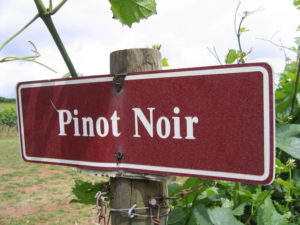 ns, Spring and Fall. There’s really no legitimate Winter and Northern California doesn’t get a Summer per-say, but 5-7 months of Springtime. The Willamette Valley in Oregon tends to rain a lot for 8-9 months of the year and it only dips below freezing a few times a year. The mild nature of the weather in the Willamette Valley causes the grapes to be more delicate in structure and in-turn, the Pinots actually have a lighter body in the bottle. Oregon Pinots tend to carry that earthiness, typical to the culture and what you would expect from an Oregonian.
ns, Spring and Fall. There’s really no legitimate Winter and Northern California doesn’t get a Summer per-say, but 5-7 months of Springtime. The Willamette Valley in Oregon tends to rain a lot for 8-9 months of the year and it only dips below freezing a few times a year. The mild nature of the weather in the Willamette Valley causes the grapes to be more delicate in structure and in-turn, the Pinots actually have a lighter body in the bottle. Oregon Pinots tend to carry that earthiness, typical to the culture and what you would expect from an Oregonian.
Both the Central Coast and Sonoma do bring a cooler climate compared to a lot of California, which brings a great environment for growing Pinot Noir. Even though some California Pinots may be thin in body, generally speaking, California Pinots overall are deeper in body and color than their Northern Sate’s friend. Oregon Pinots will usually bring out more crisp red fruits like currents, raspberries and cranberries and California Pinots will bring out deeper red and darker fruits like plums, blackberrries and cherries. Of course, this is a generalization and every wine has it’s own characteristics, and Oregon is known after all for its blackberries, so it’s not uncommon to find other richer notes, but even then, they will come off more subtle than a California Pinot generally.
Because of the lower tannin to other wine varietals, Pinot Noir generally carries the characteristics of its environment more than most. The lower tannin also makes it more palatable for the newbie wine drinker. My recommendation is that if you’re budget conscience and drink wine and Pinot regularly, you’ll get more for your money with a California Pinot Noir. If you’re new to wine drinking, I actually recommend starting out with a couple Oregon Pinot Noirs as they will be more friendly and lighter in body. It will also be easier to pair an Oregon Pinot with foods than a California Pinot as the complexities are more vibrant in the Cali ones (generally of course).
If you truly want to get an Oregon Pinot experience with pairing wines with food, make sure to try it with an Oregonzola cheese or an aged Tillamook cheddar. For a California Pinot pairing, try it with some tart blueberries, a berry filled Mission Pie or a Humphry Slocombe Tahitian Vanilla scoop with a berry compote on top. Yum!
So, what’s better? You decide! Both California Pinot Noir and Oregon Pinot Noir should be celebrated for their unique differences.
Most wines aren’t vegan. If you’re curious about this and how it’s not just fermented grapes in a bottle, click here.
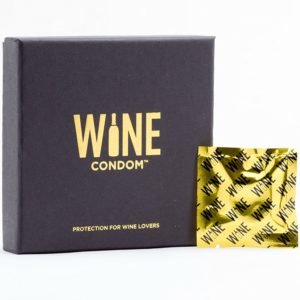 If you’re looking for a gag-gift that can actually be put to a practical use, Wine Condoms may just do the trick for you. Great for any bachelorette party for a wine drinker or for a Christmas Gift under $15. You can find more info on the wine condoms website
If you’re looking for a gag-gift that can actually be put to a practical use, Wine Condoms may just do the trick for you. Great for any bachelorette party for a wine drinker or for a Christmas Gift under $15. You can find more info on the wine condoms website 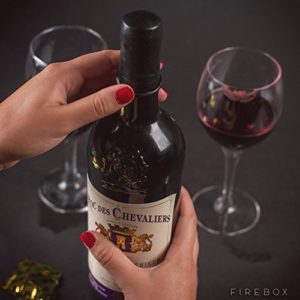
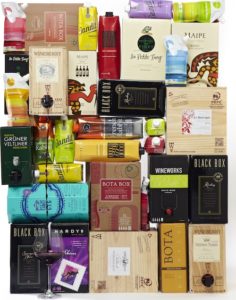 Boxed wine has a reputation for sure, and it’s not necessarily a good one. Just as PBR made its way in recent years from being a beer for the economical older gents to the Hipster beer of choice, boxed wine is becoming trendy. Being the semi-wine-snob that I am, I just had to explore this trend.
Boxed wine has a reputation for sure, and it’s not necessarily a good one. Just as PBR made its way in recent years from being a beer for the economical older gents to the Hipster beer of choice, boxed wine is becoming trendy. Being the semi-wine-snob that I am, I just had to explore this trend.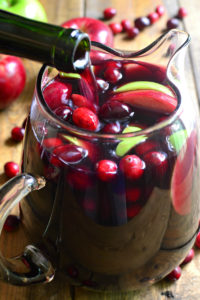 Looking for a Thanksgiving cocktail with wine, or a Thanksgiving winetail? An Apple Cranberry Sangria may be just the way to go.
Looking for a Thanksgiving cocktail with wine, or a Thanksgiving winetail? An Apple Cranberry Sangria may be just the way to go.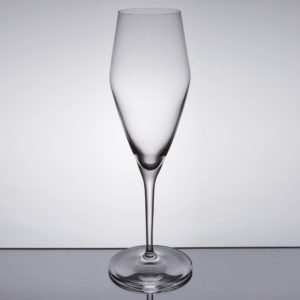 So, why do I love the Spiegelau Hybrid Champagne Flute so much? Well, for a few reasons. The first being that I absolutely love bubbles, sparkling wine and champagne. I have around 4-5 wine club memberships at any given time and I always have at least one sparkling wine membership. It was first with Chandon until I realized I was buying their wines much cheaper at
So, why do I love the Spiegelau Hybrid Champagne Flute so much? Well, for a few reasons. The first being that I absolutely love bubbles, sparkling wine and champagne. I have around 4-5 wine club memberships at any given time and I always have at least one sparkling wine membership. It was first with Chandon until I realized I was buying their wines much cheaper at 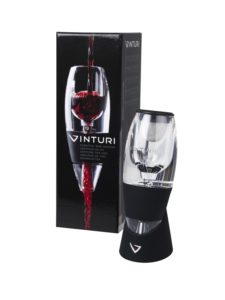 Just want to spread the word that the Vinturi Wine Aerator is at Costco for $14.99 in the San Francisco area. I’ve been using the Vinturi Wine Aerator for about 6 years myself, but my parents have been using it for probably 10 years or more. It’s a standard, must-have wine accessory for any wine drinker and it generally runs between $30-$60 and I’ve actually never seen it drop below $25 (although I don’t monitor by any means). This version of the Vinturi is being sold on the
Just want to spread the word that the Vinturi Wine Aerator is at Costco for $14.99 in the San Francisco area. I’ve been using the Vinturi Wine Aerator for about 6 years myself, but my parents have been using it for probably 10 years or more. It’s a standard, must-have wine accessory for any wine drinker and it generally runs between $30-$60 and I’ve actually never seen it drop below $25 (although I don’t monitor by any means). This version of the Vinturi is being sold on the  The Festival almost had to be canceled three different times and many businesses had to evacuate during the wildfires, causing revenue to be lost. The Big Sur Food and Wine Event will help bring back some lost revenues to the companies that suffered. Festival organizers saw firsthand the impact of the Soberanes Fire.
The Festival almost had to be canceled three different times and many businesses had to evacuate during the wildfires, causing revenue to be lost. The Big Sur Food and Wine Event will help bring back some lost revenues to the companies that suffered. Festival organizers saw firsthand the impact of the Soberanes Fire.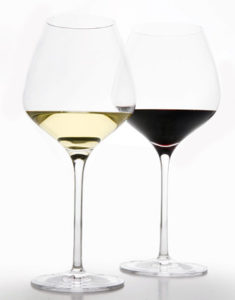 Throughout the years and with many visits to wine tasting rooms, wine bars and booshy San Francisco restaurants, I’ve been exploring what glasses are used the most and what I like. I always peek to see what that faint etched logo or brand name is on the base of the wineglass. Common brands are usually Riedel, Schott Zwiesel and Stolzle.
Throughout the years and with many visits to wine tasting rooms, wine bars and booshy San Francisco restaurants, I’ve been exploring what glasses are used the most and what I like. I always peek to see what that faint etched logo or brand name is on the base of the wineglass. Common brands are usually Riedel, Schott Zwiesel and Stolzle.